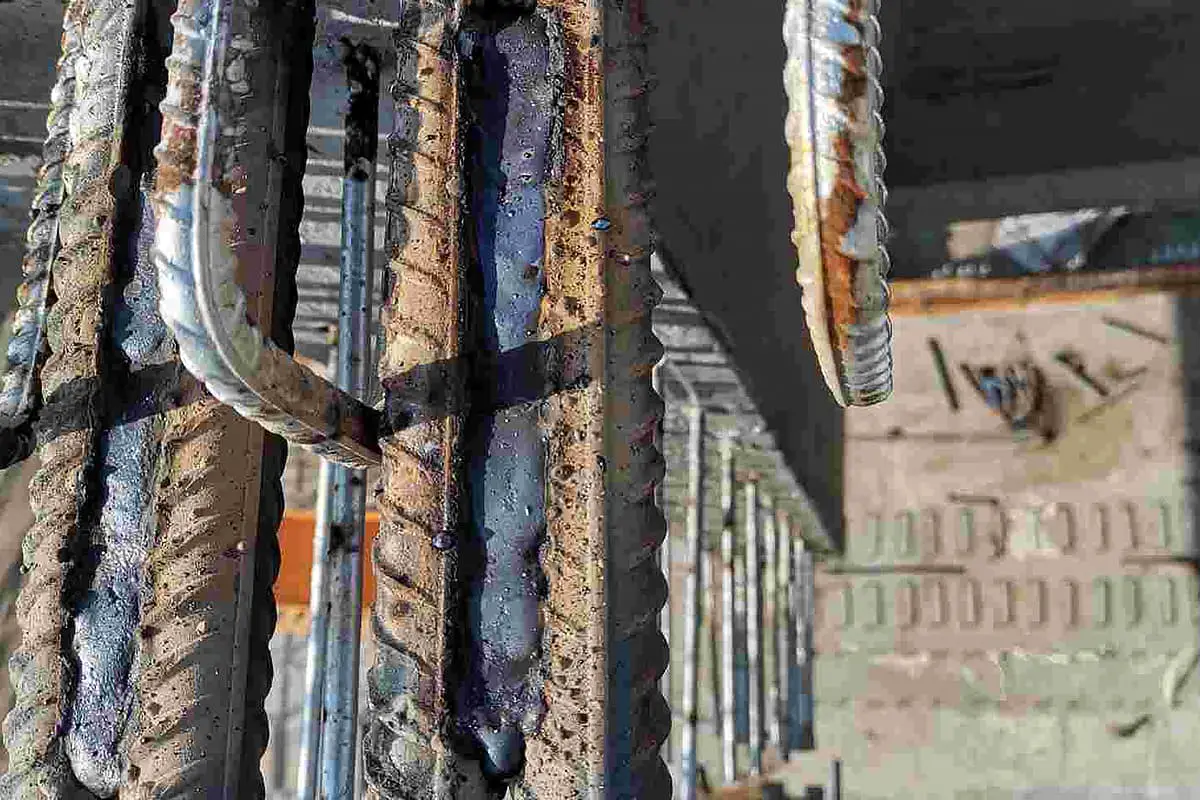Efficient Ways to Prevent Weld Undercut in Your Welding Jobs
Efficient Ways to Prevent Weld Undercut in Your Welding Jobs
Blog Article
Understanding the Art of Welding: Exactly How to Stay Clear Of Undercut Welding Issues for Flawless Fabrication Outcomes
By recognizing the origin creates of undercut welding and executing efficient methods to avoid it, welders can raise their craft to brand-new degrees of quality. In the quest of flawless fabrication outcomes, grasping the art of welding to avoid undercut concerns is not just an ability yet a need for those aiming for perfection in their job.
Understanding Undercut Welding

To avoid undercut welding, welders ought to make sure appropriate welding criteria, such as readjusting the existing, voltage, traveling rate, and keeping the proper electrode angle. By recognizing the reasons of undercut welding and applying preventative actions, welders can attain high-grade, structurally audio welds.
Root Causes Of Undercut in Welding
Understanding the aspects that contribute to damage in welding is necessary for welders to generate premium, structurally sound welds. Insufficient welding current or incorrect welding rate can also add to damage. Comprehending these reasons and implementing appropriate welding techniques can assist avoid damaging problems, making certain solid and durable welds.
Techniques to avoid Undercutting

To mitigate the threat of undercutting in welding, welders can utilize calculated welding strategies focused on boosting the top quality and honesty of the weld joints. One effective method is to readjust the welding specifications, such as voltage, present, and take a trip speed, to guarantee correct warm input and deposition. Preserving an ideal electrode angle and ensuring regular traveling speed can also help stop undercut. Furthermore, using the right welding method for the details joint setup, such as weave or stringer grains, can add to lowering undercutting. Preventing weld undercut.
Furthermore, appropriate joint prep work, including ensuring tidy base materials devoid of pollutants and using the proper welding consumables, is vital in stopping undercut problems. Employing back-step welding strategies and managing the weld bead account can also aid disperse warmth equally and reduce the danger of undercut. Regular examination of the weld joint during and after welding, as well as applying top quality assurance actions, can aid in addressing and detecting undercutting concerns promptly. By executing these strategies faithfully, welders can accomplish remarkable construction results with minimal undercut defects.
Significance of Appropriate Welding Parameters
Selecting and keeping proper welding parameters is important for achieving effective welds with marginal issues. Welding parameters refer to variables such as voltage, current, take a trip rate, electrode angle, and protecting gas circulation price that straight impact the welding procedure. These criteria must be meticulously adjusted based on the type of product being bonded, its thickness, and the welding strategy utilized.
Proper welding parameters ensure the correct amount of warmth is put on thaw the base steels and filler material consistently. If the criteria are set expensive, it can cause too much warm input, triggering spatter, distortion, or burn-through. On the various other hand, if the specifications are too reduced, incomplete combination, lack of infiltration, or damaging might happen.
Quality Assurance in Welding Workflow

Final Thought
In conclusion, grasping the art of welding needs a thorough understanding of undercut welding, its reasons, and methods to avoid it. By ensuring appropriate welding specifications and implementing quality assurance techniques, remarkable fabrication results can be accomplished. It is important for welders to constantly strive for quality in their welding operations to avoid undercut concerns and create top quality welds.
Undercut welding, a typical flaw in welding processes, takes place when the weld steel doesn't appropriately fill the groove and leaves a groove or depression along the bonded joint.To stop undercut welding, welders need to make certain proper welding specifications, such as changing the present, voltage, traveling rate, and keeping the right electrode angle. Inadequate welding present or wrong check here welding rate can also add to damage.To alleviate the risk of damaging in welding, welders can utilize critical welding strategies aimed at boosting the quality and integrity of the weld joints.In final thought, mastering the art of welding calls for a detailed understanding of undercut welding, its causes, and strategies to avoid it.
Report this page